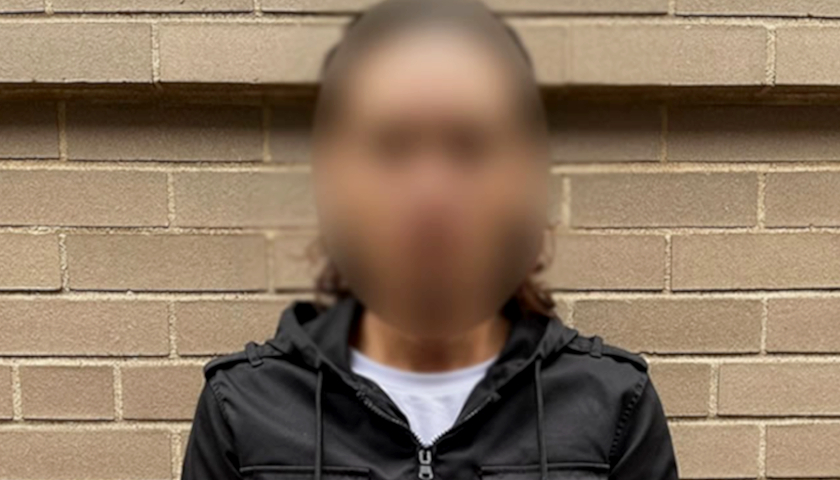Ohio House and Senate members are up against a hard deadline – the biennial budget must be passed before July 1. One significant provision that has been written into every version of the budget so far includes hundreds of millions of dollars for “student wellness and success.” The current amount is $550 million.
Gov. Mike DeWine announced the push for “wraparound services” for students in his State-of-the-State address on March 5. “We are also going to direct significant state resources to Ohio’s most-in-need children to help them overcome the barriers and disadvantages of poverty and trauma,” he said.
“We have both a moral and an economic imperative to support these students every way we can, and that is why—through targeted funding in my budget—these kids will receive additional resources for mentoring, after-school programs, wrap-around supports, health care, mental health care, and much, much more.”
Wraparound services are found in the budget as “Student Wellness and Success” funding. The money is required to be used on any of the following: (1) mental health services, (2) services for homeless youth, (3) services for child welfare involved youth, (4) community liaisons, (5) physical health care services, (6) mentoring programs, (7) family engagement and support services, (8) City Connects programming, (9) professional development regarding the provision of trauma-informed care, and (10) professional development regarding cultural competence.
The House of Representatives agreed to the governor’s language. The Senate added some additional options: (11) services for child nutrition and physical health, fitness, and wellness; and (12) student services provided prior to or after the regularly scheduled school day or any time school is not in session.
Melanie Elsey, national legislative director for the American Policy Roundtable, said there are several different terms being used almost interchangeably. From a functional perspective, they are all similar types of practices:
- student wellness and success,
- wraparound services,
- whole child, and
- social and emotional learning (SEL).
“The State Board of Education this month approved K-12 standards for student interpersonal qualities, beliefs, and social skills (SEL). At the same time the state budget sets up a new fund with more than a half-billion dollars over the next two years to be spent on mental health services, community liaisons and general wellness,” Elsey told The Ohio Star. “What’s missing in both tracks of policy and funding is informed parental consent. Psychologizing the classroom and leaving parents out of the equation is not a recipe for success.”
The Thomas B. Fordham Institute, a proponent of these wraparound services, lauded DeWine’s initiative in an early June article titled, “Student wellness and success funding could make Ohio a national leader in providing wraparound services.”
The author, Jessica Poiner, agrees with DeWine that it’s a moral issue. “Millions of kids across the country, particularly those from low-income communities, have serious non-academic needs that aren’t being met. It feels wrong to just do nothing,” she writes.
But she also acknowledges there is no clear evidence that providing all these additional benefits has much, if any, long-term effect on academics or student well-being. She cites two studies, both of which show a “mix of positive and inconclusive findings.”
“The evidence that integrated support services can impact academic outcomes is mixed. But it makes sense for schools to support student health and wellness for their own sake,” she suggests.
State Board of Education member Sarah Fowler has a different perspective. She told The Ohio Star: “I am concerned that we are increasingly requiring schools to focus in a hundred different directions, diluting a teacher’s academic influence and taking over more of the responsibilities of families.”
– – –
Beth Lear is a reporter at The Ohio Star. Follow Beth on Twitter. Email tips to [email protected].






[…] questions, The Ohio Star asked if any of the $675 million appropriated in the budget for “Student Success and Wellness” would be used to grow the Center. Gov. DeWine clearly stated that money was for local districts and […]
[…] with Planned Parenthood to provide services that are specified in the bill. Some of those services include mental health, community liaisons, physical healthcare and family engagement and support. Planned […]
[…] with Planned Parenthood to provide services that are specified in the bill. Some of those services include mental health, community liaisons, physical healthcare and family engagement and support. Planned […]